
Rajendra K. Agrawal, PhD
Director, Division of Translational Medicine, Wadsworth Center
We study mechanisms of protein biosynthesis in bacterial and eukaryotic cells, with a goal to understand bacterial drug resistance and identify new drug targets, using biochemical and high-resolution 3D cryo-EM techniques.

Nilesh Banavali, PhD
Structure-based Therapeutics for Infectious Diseases
We use NextGen sequencing to determine frequencies and sequence dependence of polymerase errors, and computational methods for drug design, structure prediction, and elucidating chemical and conformational mechanisms.

Thomas M. Bartlett, PhD
Cell biology of bacterial pathogens
We study the molecular basis of bacterial growth and cell shape determination in critical bacterial pathogens with “unusual” shapes. Our research helps us to understand how bacterial shape contributes to pathogenesis, and identifies vulnerabilities in understudied bacterial growth plans.

Michael J. Boucher, PhD
Molecular Genetics of Fungal Pathogens
Human fungal infections pose a massive public health burden yet remain severely understudied. Our lab develops and utilizes high-throughput genetic approaches to understand how fungal pathogens cause disease.
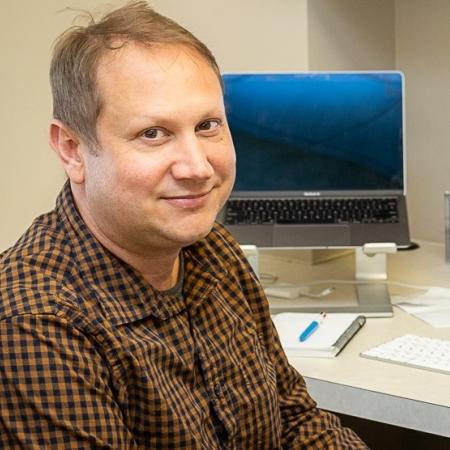
Spencer Bruce, PhD
Director, Bioinformatics Core
The core's focus is next-generation sequencing (NGS) data analysis, research computing, phylogenomics, antibiotic resistance, and large-scale data mining, in support of the evolving needs of the research community and public health initiatives.
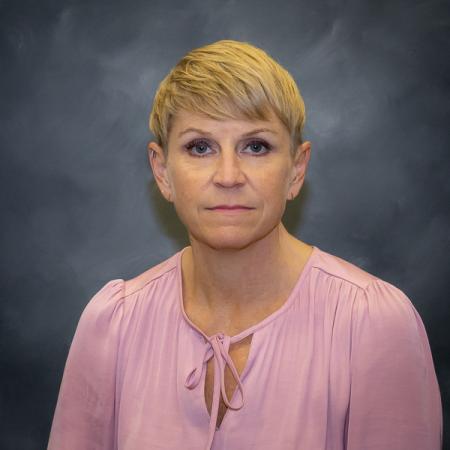
Alana Buscher
Associate Director for Administration
Ms. Buscher provides oversight of all Wadsworth Center administrative functions encompassing human resources, budgeting associated with 12 funding sources, purchasing, travel, extramural grants administration, internal controls and compliance with policies and practices.

Nicole Cairns, MS
Assistant Director, Wadsworth Center
As Assistant Director of the Wadsworth Center, Ms. Cairns plays a critical role in shaping Center-wide polices, responding to inquiries received by the Center, reviewing and managing internal documents, and contributing to special projects.
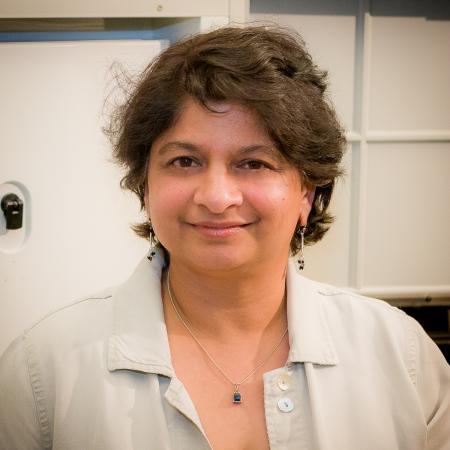
Sudha Chaturvedi, PhD
Director, Mycology Laboratory
We develop new technologies for fungal diagnostics and pathogenic mechanisms of Cryptococcus gattii and Pseudogymnoascus destructans, the etiologic agents of human cryptococcal meningitis and bat white nose syndrome, respectively.
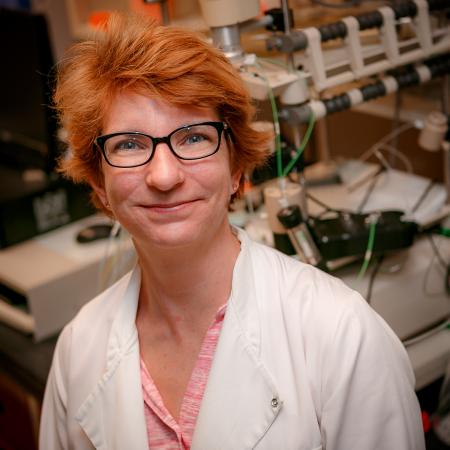
Karen J. Chave, PhD
Director, Protein Expression and Biochemistry Cores
Dr. Chave serves as the Director of the Biochemistry Core as well as the Protein Expression Core.

James Chithalen, PhD
Deputy Director, Wadsworth Center
Dr. Chithalen brings to the Wadsworth Center fifteen years of experience as a researcher, scientist and supervisor, with expertise in clinical toxicology/chemistry, biomonitoring, community outreach/public engagement, separation method development and mass spectral identification.

Yu-Fen (Kathy) Chou, PhD
Director, External Systems Quality Unit, Newborn Screening Program
Newborn Screening Program: We develop data visualizations and reports for public health surveillance. We provide education and work collaboratively with external stakeholders to improve the overall quality of the newborn screening system in NYS.
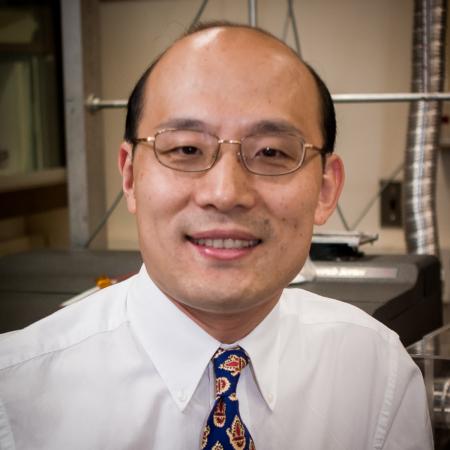
Liang T. Chu, PhD
Environmental Heterogeneous Chemistry Laboratory
We investigate heterogeneous reactions occurring on ice, environmental particle and nanoparticle surfaces to better understand the atmospheric pollution processes and their impact on human health using spectroscopic techniques.
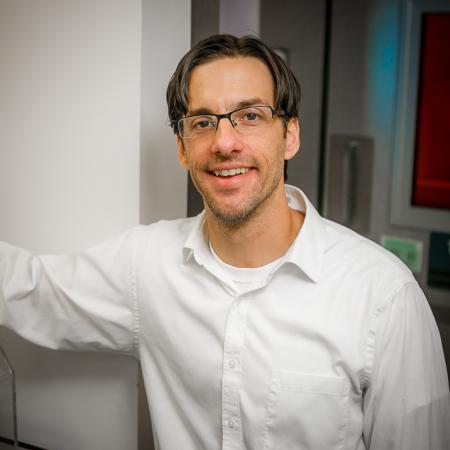
Alexander T. Ciota, PhD
Director, Arbovirus Laboratory
We study arbovirus adaptation and vector-virus interactions, focusing on West Nile virus and Culex mosquitoes. Areas of interest include mutant swarm dynamics, mechanisms of adaptation, microbial interactions and vectorial capacity.

Richard Cole, MA
Director, Light Microscopy Core
Core personnel work along side investigators to develop imaging strategies and image analysis protocols needed to solve their research questions.
Arryn Craney, PhD (D)ABMM
Clinical Laboratory Director
Dr. Arryn Craney provides regulatory oversight for clinical testing programs supporting infectious disease detection, newborn screening, and clinical chemistry across multiple laboratory sites.
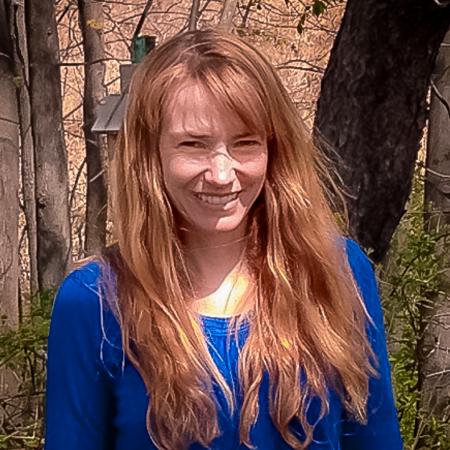
April D. Davis, DVM, PhD
Director, Rabies Laboratory
We focus on developing and improving diagnostic tools for rabies. Additional research programs focus on studying rabies in bats within the laboratory and in field environments.

Amy B. Dean, PhD
Viral Diseases Laboratory
The Laboratory of Viral Diseases' Molecular Methods Development Team evaluates high complexity diagnostic assays and platforms in order to enhance molecular-based diagnostics in virology and support Wadsworth Center's ability to rapidly respond to the emergence of viral pathogens.
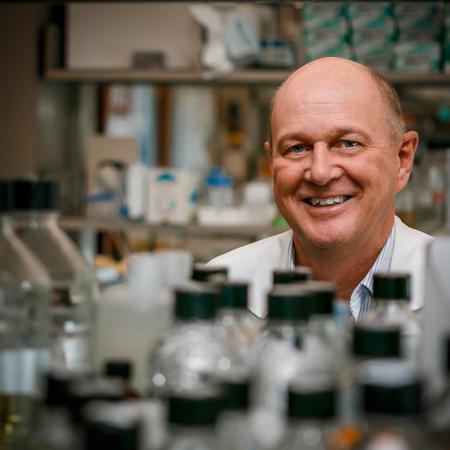
Keith M. Derbyshire, PhD
Associate Director for Research and Technology
We study mycobacteria and use molecular genetic approaches to investigate: global gene expression, at both transcriptional and translational levels; the mechanism of distributive conjugal transfer; and synthetic genetic interactions.

George L. Donati, PhD
Deputy Director - Laboratory of Inorganic and Nuclear Chemistry
We develop new approaches to calibration and use advanced statistical tools to minimize matrix effects and improve the accuracy and sample throughput of spectrochemical methods such as MIP-OES, ICP-OES, and ICP-MS to determine trace elements in a wide variety of samples of public health interest.
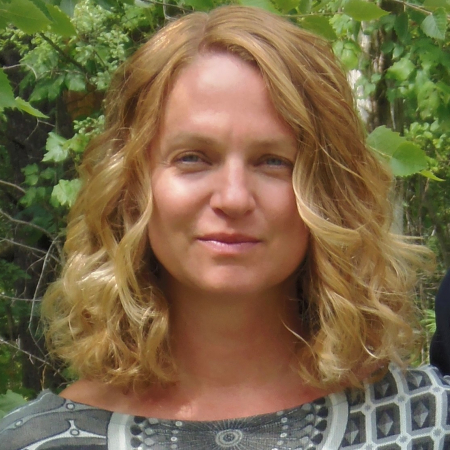
Denise DuBois
Assistant Director, Division of Environmental Health Sciences (DEHS)
Ms. DuBois oversees public health laboratories specializing in both environmental and cannabis analysis.